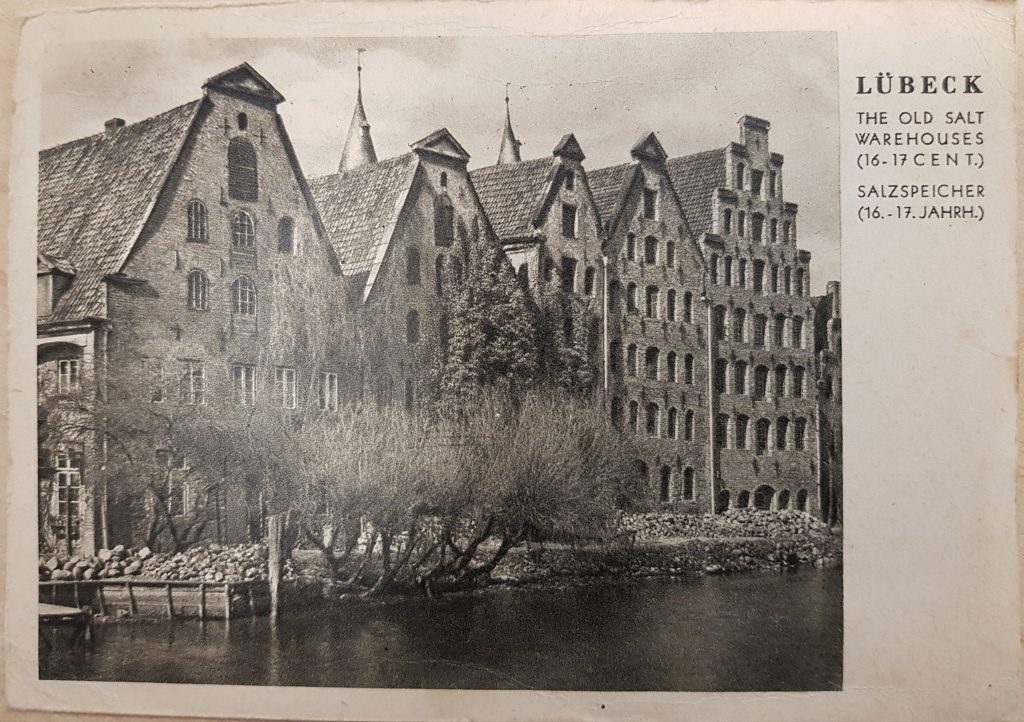News
Past Postcards – Handheld History & Travel
29 January 2018

The days of the postcard are sadly dwindling, as they are eclipsed by the immediacy and popularity of social media, but they remain an everyday but fascinating treasure in terms of the insights they provide into past times and travels.
We are located in St.Leonards on Sea, East Sussex, and a famous postcard producer (Judges, now called Judges Sampson) is based here, so there is a local connection to us too, as their offices are just down the road.
Take a look at this article about the closure of the UK’s oldest postcard firm, J.Salmon. The family-owned firm, which had been producing postcards since 1880, closed this December, 2017.
Everything from the image on the front of a postcard to the message written on it, can tell us more about the era that it was sent and social attitudes at the time. In the days before telephones, Facebook and email, the humble postcard would have been a regular communication for many, and not just when they were travelling abroad (which wouldn’t have been commonplace before the 1950 Post-war holiday boom), during which, one million Britons travelled abroad. You can see more of the ‘brief history of the package holiday’ here to get an insight into how travel trends have changed over the years since then. People that lived in different parts of the country would have sent postcards to keep in touch and share news, on a regular basis, and there would have been a lot more post-offices than the current era of post-office closures.
A person who collects postcards as a hobby is a deltiologist, and the great thing is that you can pick up a good number of them at a reasonable cost from Ebay or local auction houses. It is an affordable way to collect conveniently-sized snippets of history, that are interesting to look into and research.
Take a look at a potted history of the postcard here:
- The world’s first postcard was a jokey self-created, satirical one sent in 1840 by the writer Theodore Hook, from Fulham, London, who sent it to himself! This postcard sold for a record £31, 750 in 2002.
- The first commercially-produced card was created in 1861 by John P. Charlton of Philadelphia, but this was a plain card with no image.
- The first picture postcard where the image served as a souvenir, was sent from Vienna in 1871. Cards with pictures on the front increased in popularity during the 1880’s.
- The years following the mid- 1890’s are considered the “golden age” of the postcard. This was in part due to postcards depicting the newly built Eiffel Tower in 1889. Early pictures were also often nude photographs of women, many of which were produced in France.
- With steam locomotives providing fast and affordable travel, the seaside became a popular tourist destination in the UK, and the postcard became a ubiquitous souvenir.
- Cartoon-style “saucy” postcards became popular in the early 1930’s featuring stereotypical vicars, large ladies and henpecked husbands, in the style of “Carry On” films. There was a moral clampdown on these postcards by the government of the day back in the early 1950’s, but they were revived in the more liberal ’60’s.
- Although the fortunes of postcards have declined, they are still part of seaside and holiday culture around the world, with the image now often featuring multiple flattering depictions of an area’s attractions – and sometimes (rarely!) they even make it to their recipient before you get back to the UK from your holiday abroad!
We have taken the plunge into the world of vintage postcards, and it has been fascinating to look at the variety of eras and imagery, and also to read the messages on the back (when there is one). It does feel a little voyeuristic to read a card intended for someone else’s attention, but it’s a fascinating and nostalgic insight into people’s preoccupations, thoughts and feelings, and, gives you more to go on than a photograph on its own, with no other information to put flesh on the bones of the context of why it was being sent and the relationship between the sender and recipient. It is also interesting to compare an image of a location from years gone by, with how it looks now, and what changes have happened along the way.
We have just started our ‘Past Postcards’ feature on our blog, where we look at a different postcard each week, and delve a little deeper into its ‘backstory’
Take a look at these on our blog, to see what postcards we’ve looked at so far. You can use the Search bar to look for ‘Postcard’ and you should be able to see them all to-date.
If you have an interesting postcard yourself, please feel free to contact us on our Facebook page or Twitter account.
Related posts
We’re all going on a working holiday!
12 July 2012Read more
Places to Visit | Travel NewsLondon is the most highly-rated city destination
30 July 2012Read more
Misc | Special EventsA Travel Insurance Policy for Father Christmas
3 December 2012Read more
CompetitionsHidden Gems Travel Competition Entries
7 March 2013Read more